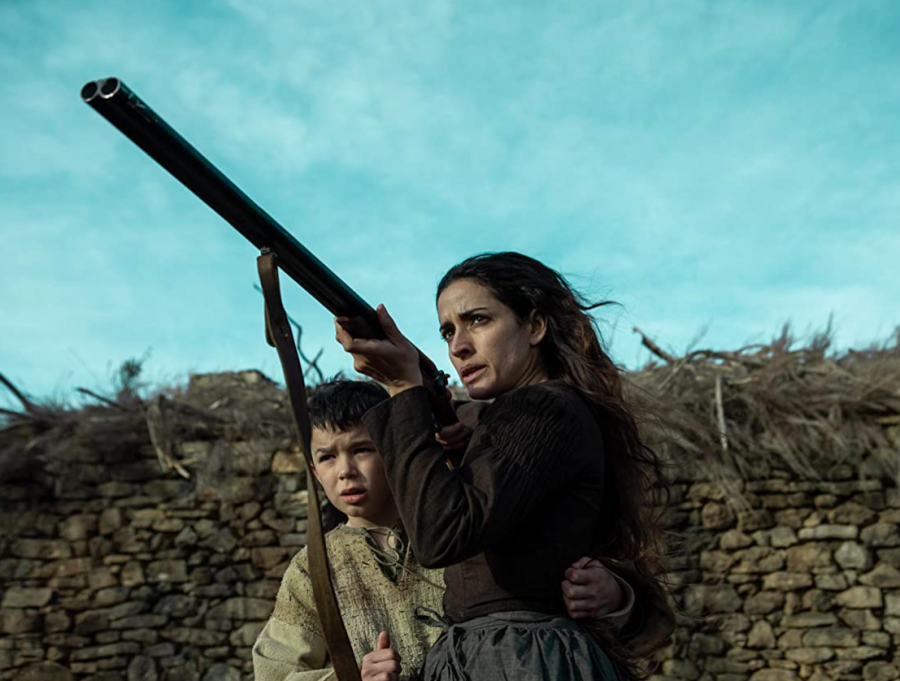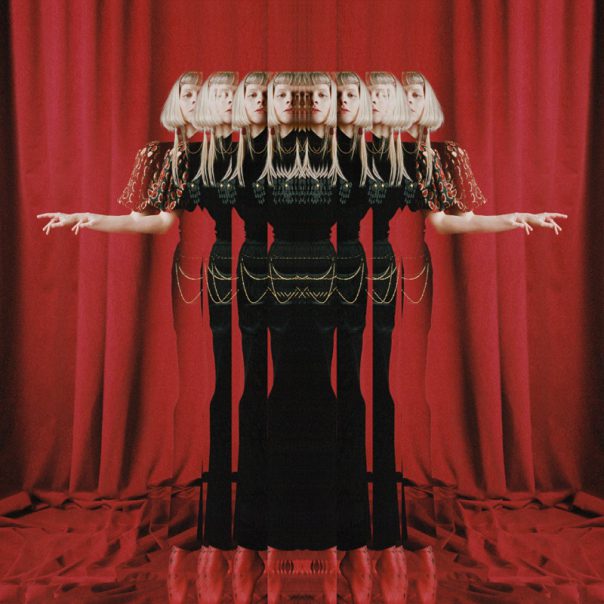Students striving to go into a teaching career face new opportunities at De Anza College.
A state education grant led to the creation of the South Bay-Monterey Bay Regional Consortium. The consortium intends to coordinate efforts in recruiting, preparing and transferring students interested in pursuing teaching as a career. It includes 10 community colleges, including De Anza College, as well as San Jose State University and CSU-Monterey Bay.
Each campus within the consortium has developed Teach for Tomorrow, a program to provide students with academic and career counseling and support, financial assistance and opportunities to work with school-age children in local classroom settings.
Kathleen Burson, dean of Child Development, says that timing is right to expand the program and that funding is needed. “I’m just excited to see more options for students who want to work with children,” says Burson. To her, the field work component is important because it gives aspiring teachers a sense of what their profession is about and what they can contribute to their community by teaching children.
“Kids are one of our greatest resources, we need good teachers for them,” said Ron Aldana, who went through the program last quarter.
The Child Development department offers a class linked to the Teach for Tomorrow program. “Introduction to Elementary School Education,” also known as Ed 66, focuses on the principles and practices of elementary education and includes a multitude of social, political and cultural issues affecting the education of children and the teaching profession itself.
Child Development instructor Juanita Cordero lists diversity in the workplace, the classroom, different styles of learning and the history of education as specific examples.
The three-unit class includes a weekly lab of three hours totaling 30 hours per quarter. Students spend lab hours as teacher’s aides to learn the responsibilities involved in teaching and gain an understanding of the commitment and energy required of a teacher.
De Anza College has a contractual agreement with five schools within the Cupertino School District. Four are elementary schools; one is a middle school. Students can request an age level, but it is not guaranteed.
As teacher’s aides, the students will take on responsibilities such as facilitating individual or small group tutoring, responding to writing and math assignments and assisting teachers with a variety of classroom activities.
“It really depends on the teacher,” says Cordero, who teaches Education 66. She says some teachers will let the aides take on a lot of responsibility if they show interest and commitment, while other teachers have clear limitations on what they want the aides to help with.
Jane Katsuyama, a student who recently went through the program, says she feels it is “imperative that as future teachers, we go out into the field and seek out positive experiences that we can build on: this class happens to be one of those positive experiences.”
During the program, Katsuyama was able to go into different classrooms to observe and interact with the children, teachers, and parents. She said the program offers students affirmation on whether teaching is the right career choice for them. In addition, the program also helps students find out what age level they’re most comfortable working with.
“A classmate who ended up working along side me in the kindergarten class started out working with the sixth graders. She decided three weeks into the quarter that it wasn’t working out for her and that she preferred to work with younger children,” said Katsuyama.
Cordero shares the excitement for the Teach for Tomorrow program. “Instead of going through four years of theory first, they get practical experience and get a real idea of what teaching is all about.” Once introduced to the practical side, they take that knowledge with them as they go further into theoretical aspects in upper division course work and will understand those concepts better.
“Just taking the theory classes is like taking a bio class without the lab,” said Cordero. “You have to take practical hands-on experience and then bring it back into the classroom.”
According to Cordero, students who have gone through the program sometimes get hired as teacher’s aides and may even get college credit for teaching. In addition, it helps them keep their foot in the door for future employment after they have completed their tea-cher’s credentials. Katsuyama now works part-time for the school as a paid teacher’s aide.
The teacher she worked with during the program is now a good friend and a mentor. She said that the program gave her the opportunity to start building a portfolio as a future teacher.
Cordero said that feedback from students who have gone through the program is generally very positive. “They’re so excited when they come back. Many are intimidated at first, but then really get to enjoy the experience.”
“It was a great experience and excellent opportunity to see what I’ll be up against. It opened my eyes and my mind,” said Aldana, who was a Chinese linguist and taught Chinese in the Navy before he retired.
“I’ve always liked teaching and always wanted to teach. It’s to help young people learn. Teaching is a great profession.”
Aldana was a teacher’s aide for a middle school and said that watching good teachers gave him clues about approaches he might take to teaching. It also reaffirmed his intentions to become a teacher. “Just going through the actual class made me want to go out there even more.”
Cordero says that some of the greatest things about teaching are to be able to reinvent school and rethink the idea of education.
“It’s just so exciting because children are never the same and topics in this field are constantly changing, too.”
Cordero says she is highly aware of the rapid changes taking place in our society and says she actually would like to change the course title to “Introduction to Elementary Education in a diverse Society.”
The consortium will hold a day of workshops on April 28 from 9:00 a.m. to 3:00 p.m. at CSU-Monterey Bay. Topics include curriculum development, alternative education, bilingual teaching and interrelationship of art with literature and research projects.
Students interested in the Teach for Tomorrow program or the workshops can contact Cordero in the Child Development Center at 408-864-8894.








